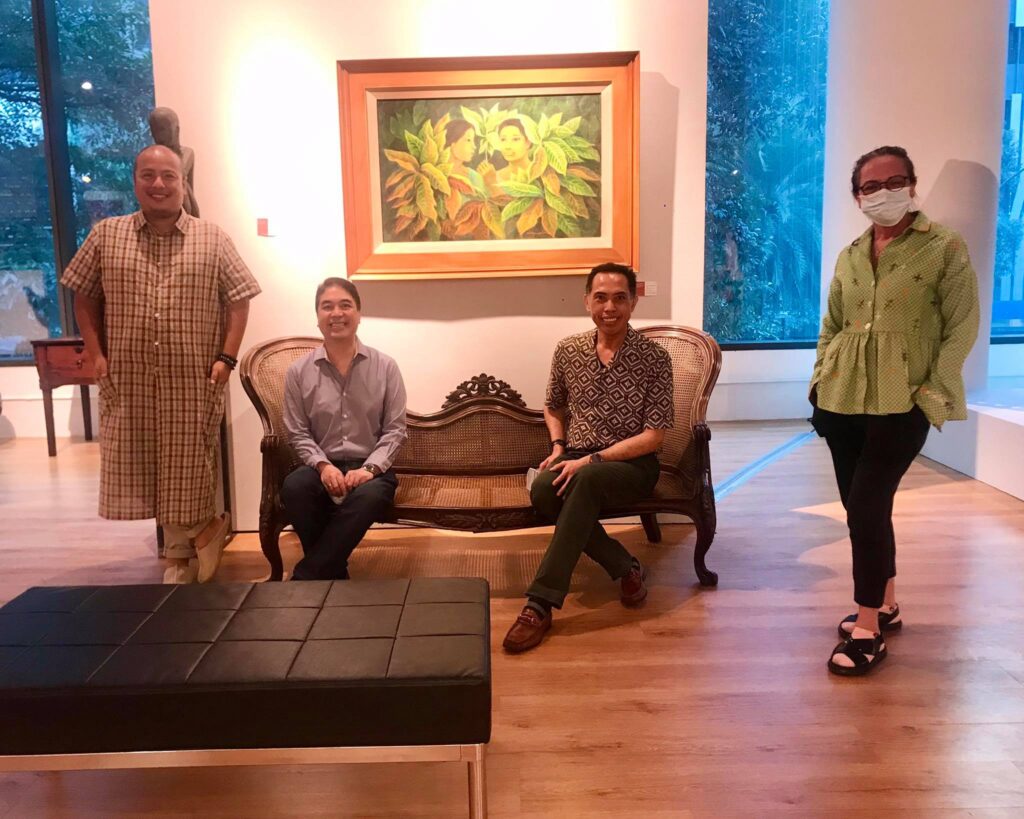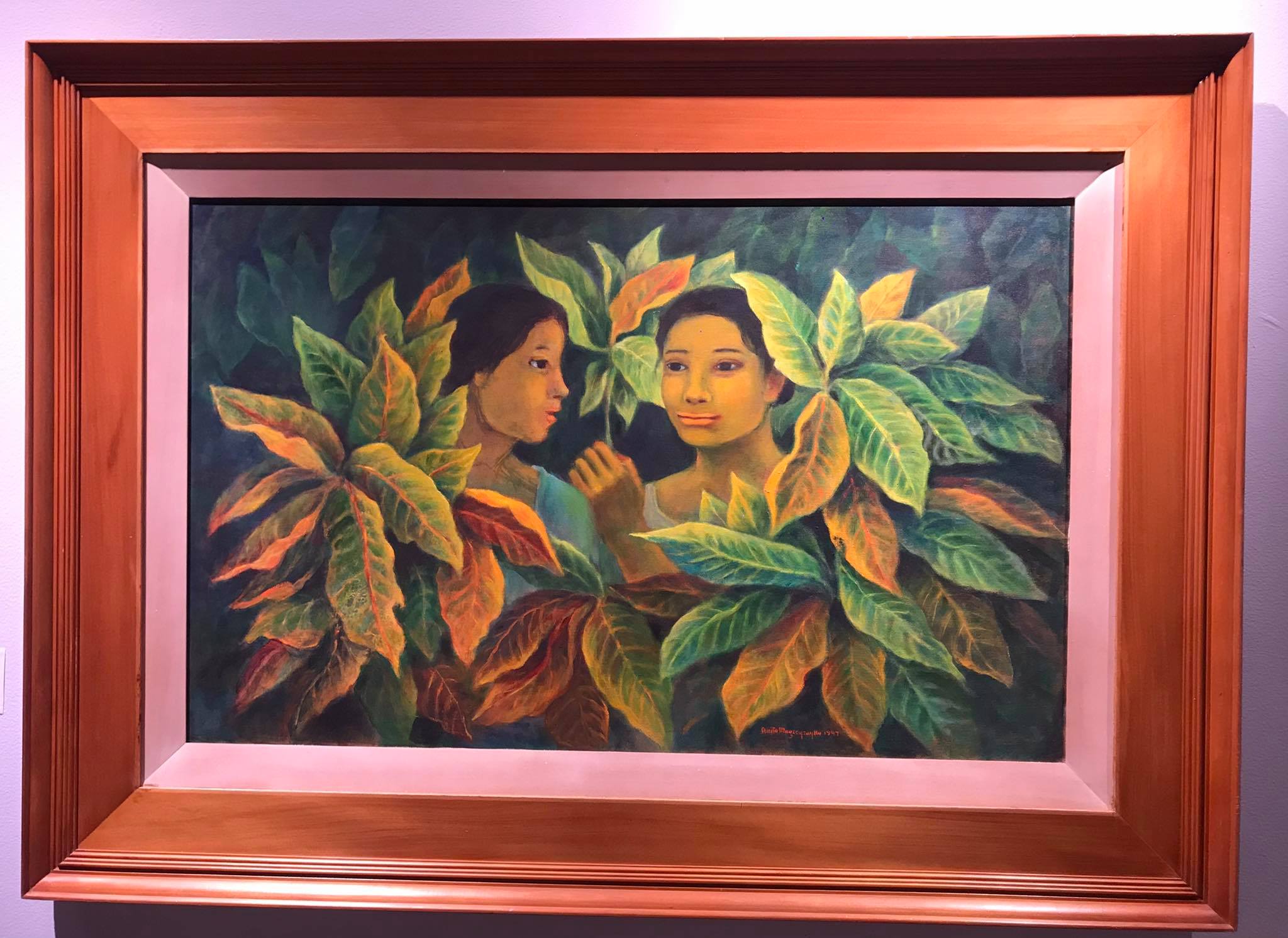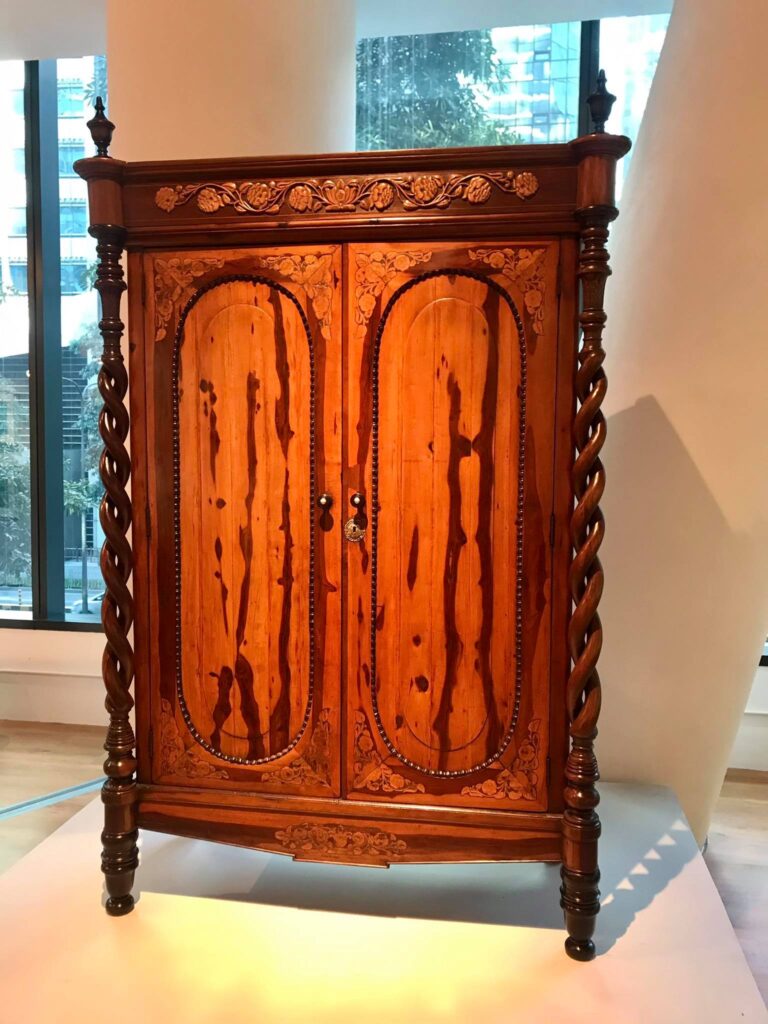The influences that animate its featured art and furniture pieces, which are to be auctioned off on March 13 and 14, span half a millennium. But certain inspirations actually date back to even before the time of Magellan’s discovery of the Philippines, as evident in a number of artworks.
Text and photos by Alex Y. Vergara
Salcedo Auctions kicks off 2021 with its first auction of the year on March 13 and 14. Dubbed as “Important Philippine Art & Furniture (Including Tribal and Ethnographic Art),” the two-day event will auction off more than 200 pieces, including celebrated artworks by the likes of National Artists BenCab, Cesar Legaspi and Fernando Amorsolo, as well as iconic paintings by Anita Magsaysay-Ho, Gus Albor, Andres Barrioquinto, Betsey Westendorp, Emmanuel Garibay and Malang, among others.
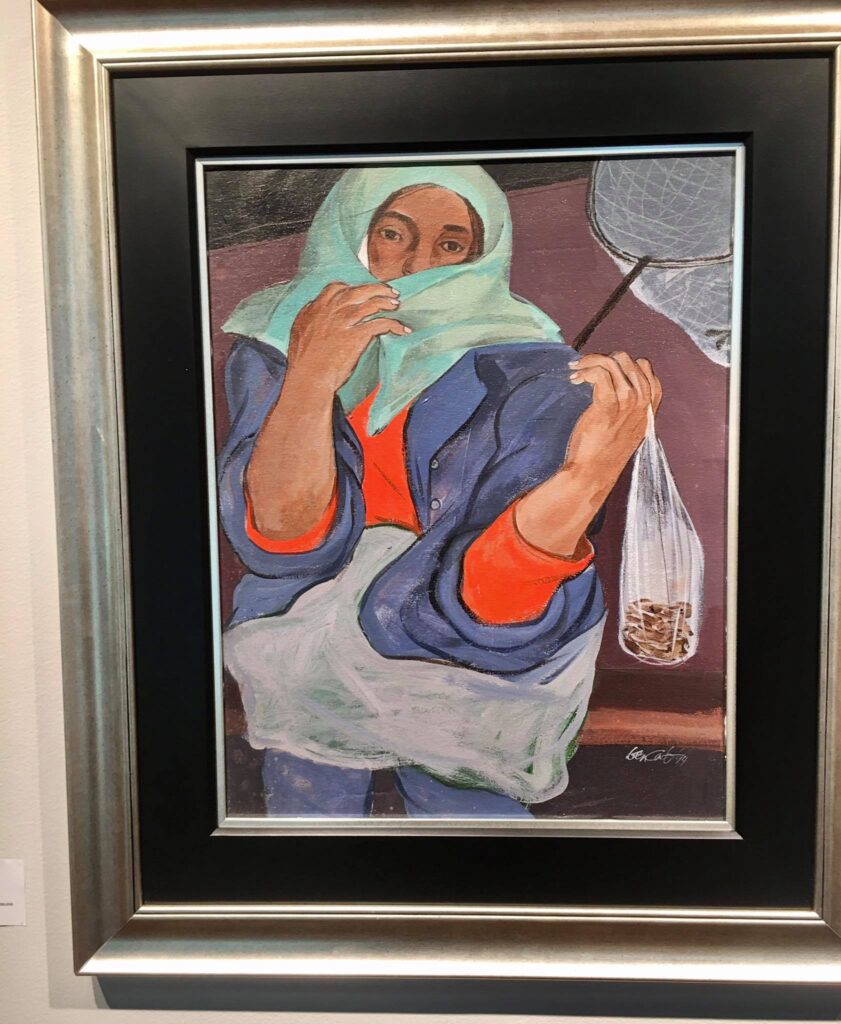
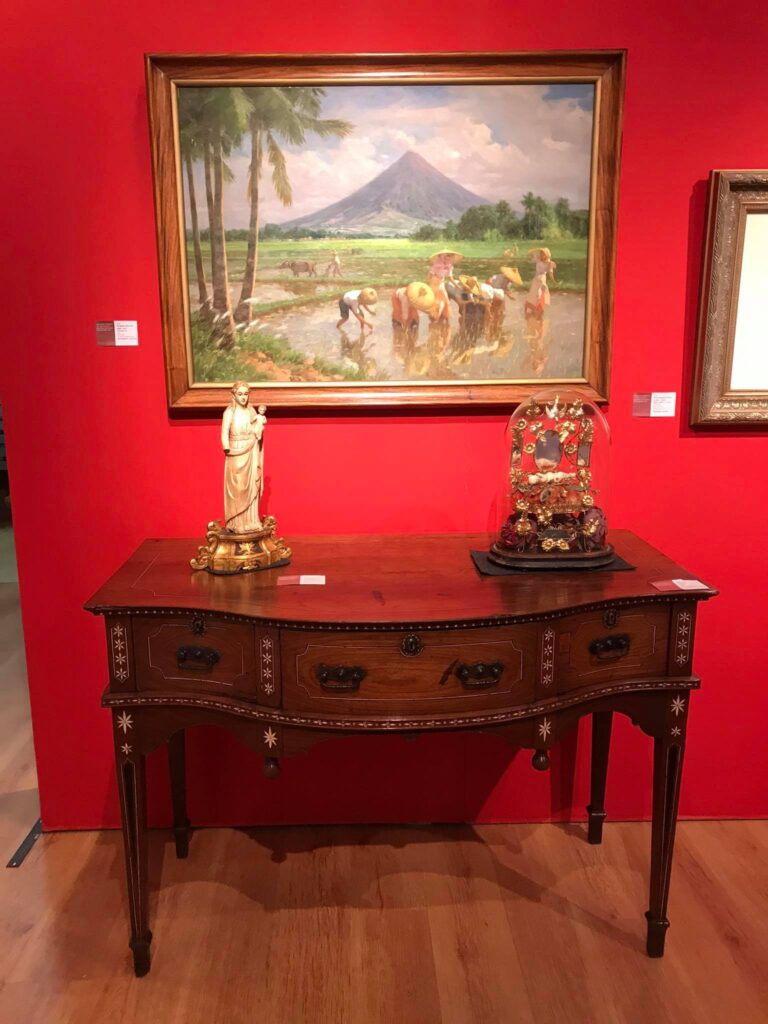
To be conducted live, online and by phone, the first day of auctions (March 13, 2 p.m. onwards) will be devoted to Philippine art, while the second day (March 14, 2 p.m. onwards) will focus on rare and vintage furniture, jewelry and timepieces.
During a recent exclusive media preview, Victor Silvino, Salcedo Auctions’ managing director, showed PeopleAsia some of the auction’s highlights, including perhaps the biggest artwork of Elmer Borlongan to be auctioned off, an untitled oil on canvas measuring 140 inches X 160 1/2 inches.
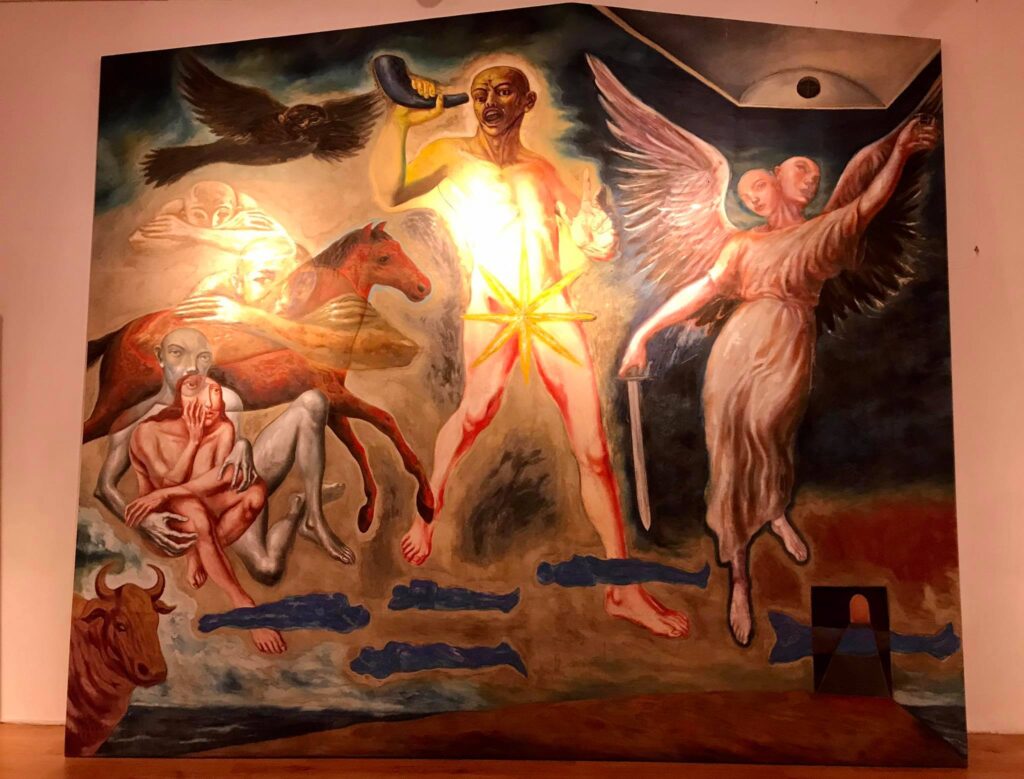
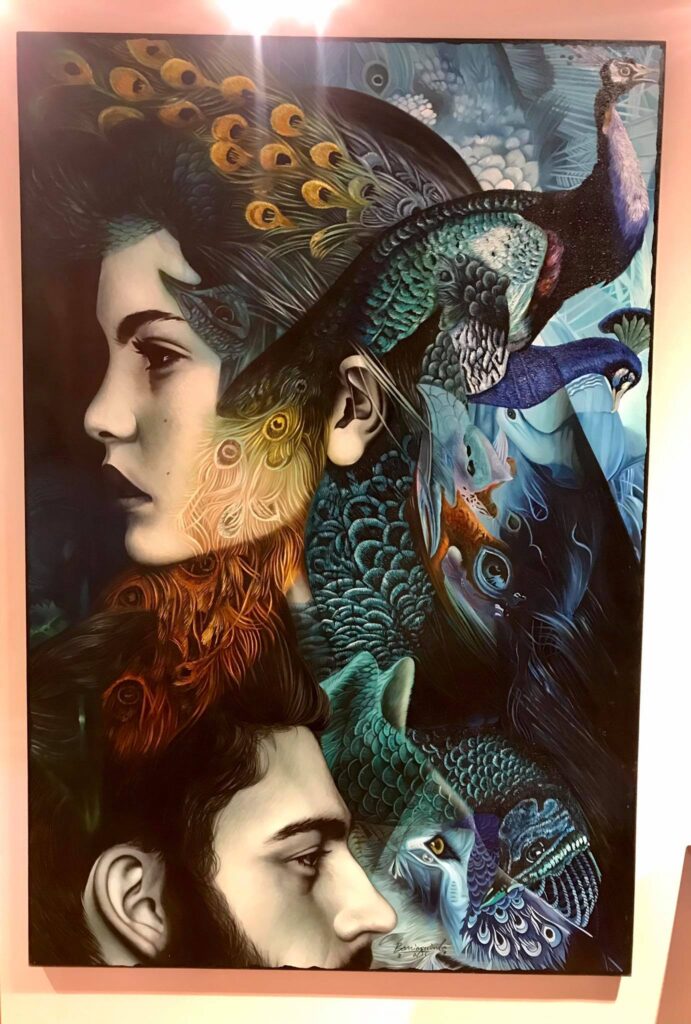
“It used to occupy the entire wall of a house,” said Silvino of Borlongan’s huge, mural-like artwork. “After it was taken off the wall, we had to stretch and put backing on it.”
Then there’s Magsaysay-Ho’s “book piece,” “The Many Colors of San Francisco,” an oil on canvas that was featured in a coffee table book celebrating the late artist’s body of work. In an interview, she singled out the painting as one of her personal favorites.
“Look at how real and vivid the colors are,” Silvino said, pointing to the San Francisco leaves’ interplay of brown, green and yellow hues. “Since it’s about plants and women, it will surely resonate with plantitas and even plantitos these days, as countless people have rediscovered the joys of gardening at home because of the pandemic.”

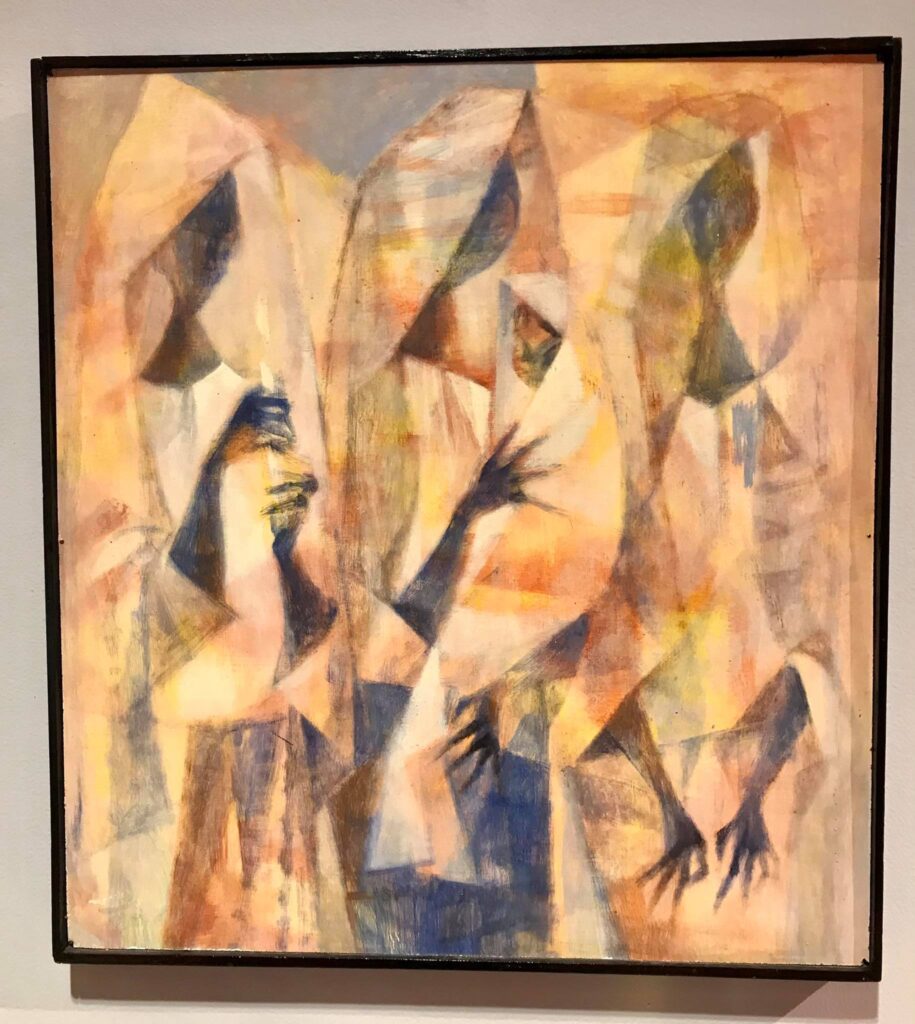
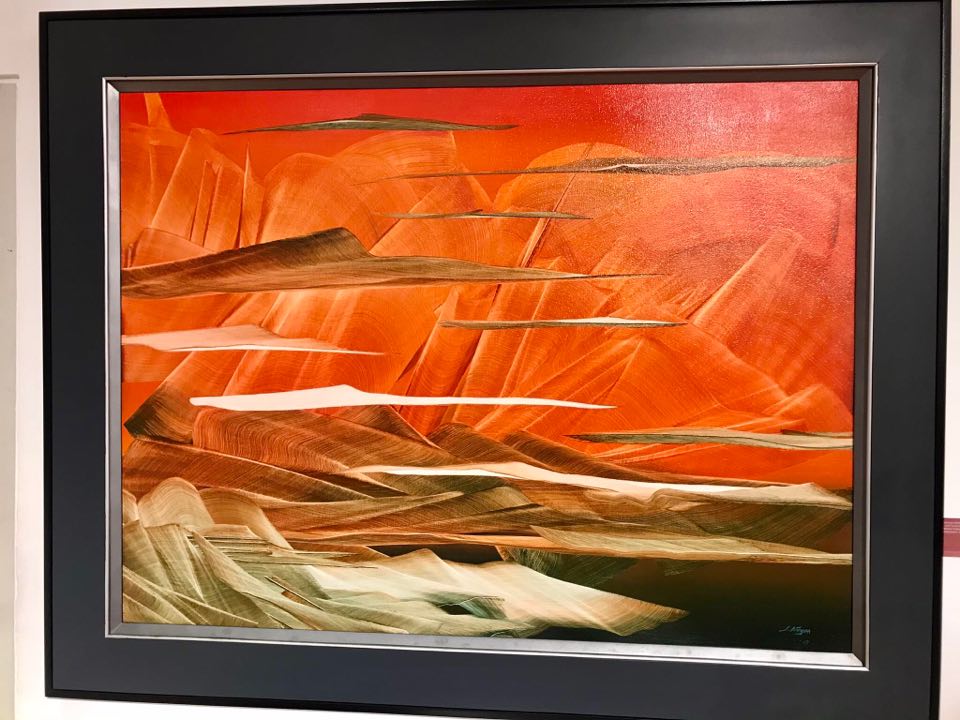
“Planting Rice,” the auction’s featured Amorsolo belongs to the artist’s “good years,” Silvino informed. Spanning a decade that began in 1940 and ended in 1950, the period is believed by many critics as the peak of Amorsolo’s artistry.
Despite the rather traditional theme of Amorolo’s works, which revolves around Philippine rural scenes, they still manage to resonate these days with younger people with little to no idea of how life in the provinces was like.
“And the beauty and quality of Amorsolo’s works have not only transcended time,” said Silvino. “They also evoke a bygone era when life seemed simple, less complicated. Such themes have a built-in appeal among more mature collectors. But a growing number of younger collectors also like such artworks.”
The master’s execution of meadows and various greenery, for instance, has a certain softness and depth to it. And the luminosity of “Planting Rice,” Silvino added, extends to the reflections of human figures on the water.
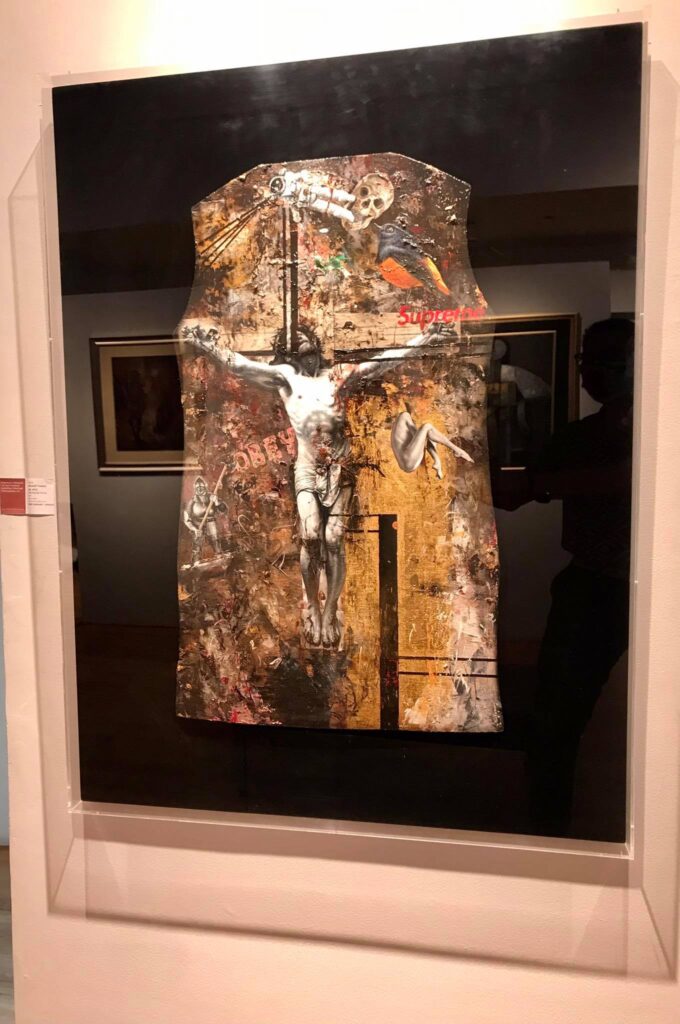
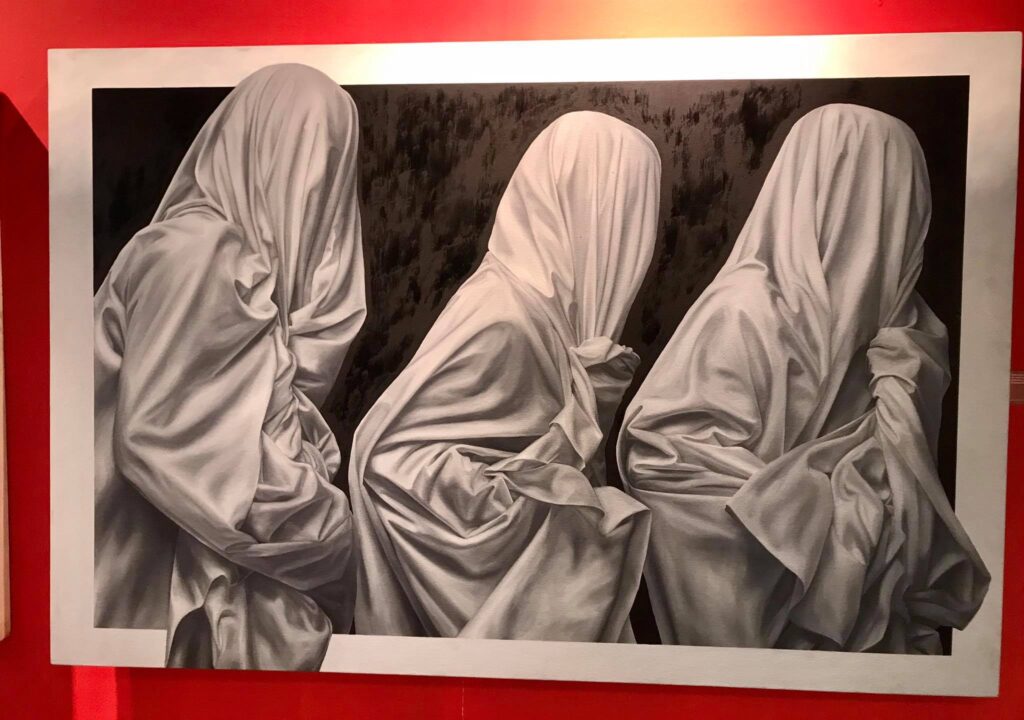
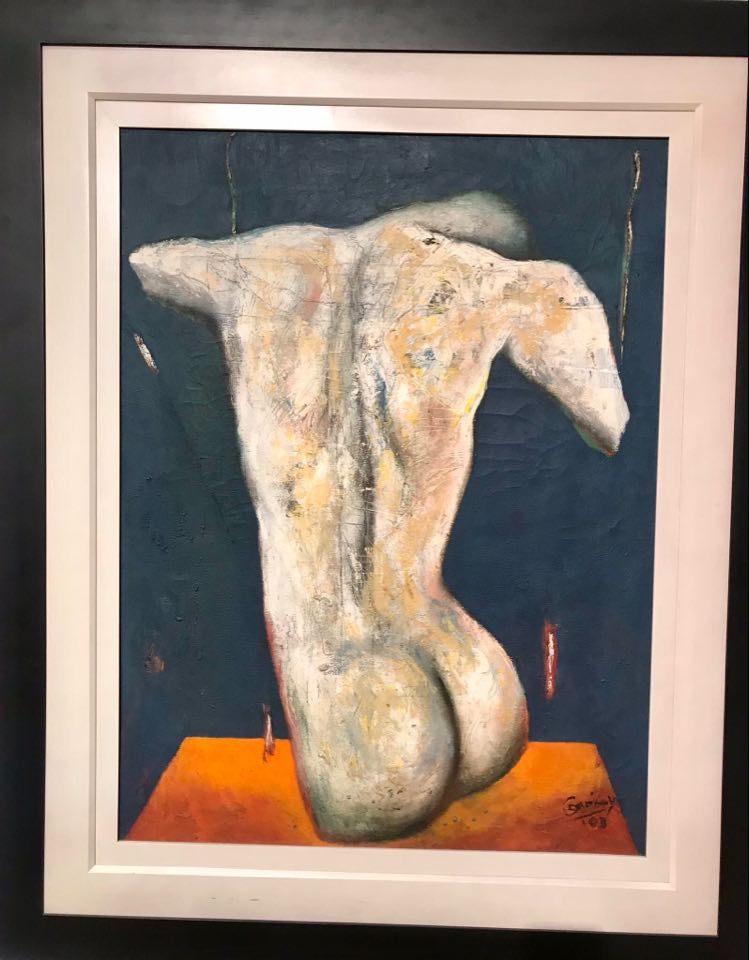
The auction’s featured BenCab, an untitled acrylic on canvas dating back to 1994, or several years before he became a National Artist, is also one of the artist’s finest artworks.
“It’s so typical of BenCab’s ‘Sabel’ series,” said Silivino. “His subject is a resourceful scavenger, but the strokes he used are typical of those in his vendor subjects. It’s very iconic.”
Since the auction’s theme revolves around 500 years of Philippine art and history, the range of styles and inspirations by the auction’s featured artists is quite diverse. This theme was encapsulated by a three-minute video featuring costumed ballet dancers from Ballet Philippines, whose movements are interspersed with a montage of artworks to be auctioned off. It can be seen in its entirety at the Makati-based auction house’s receiving area.
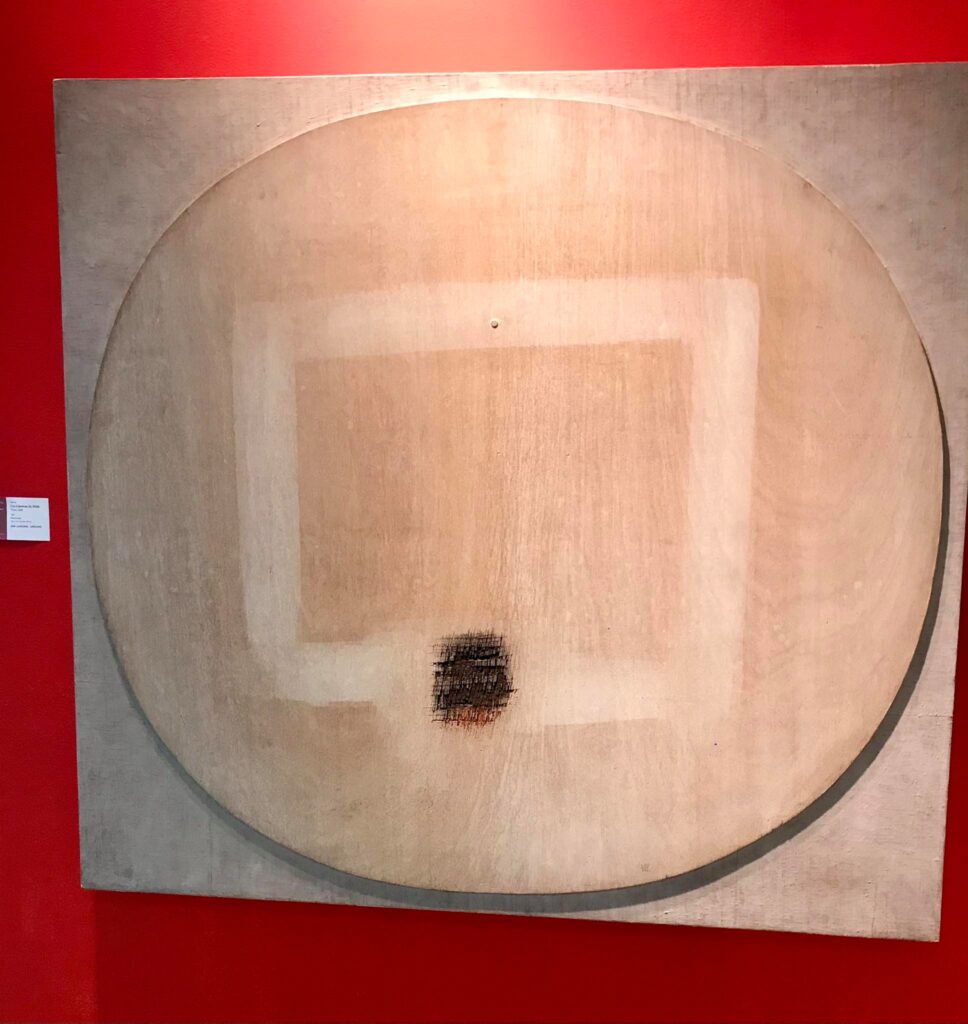
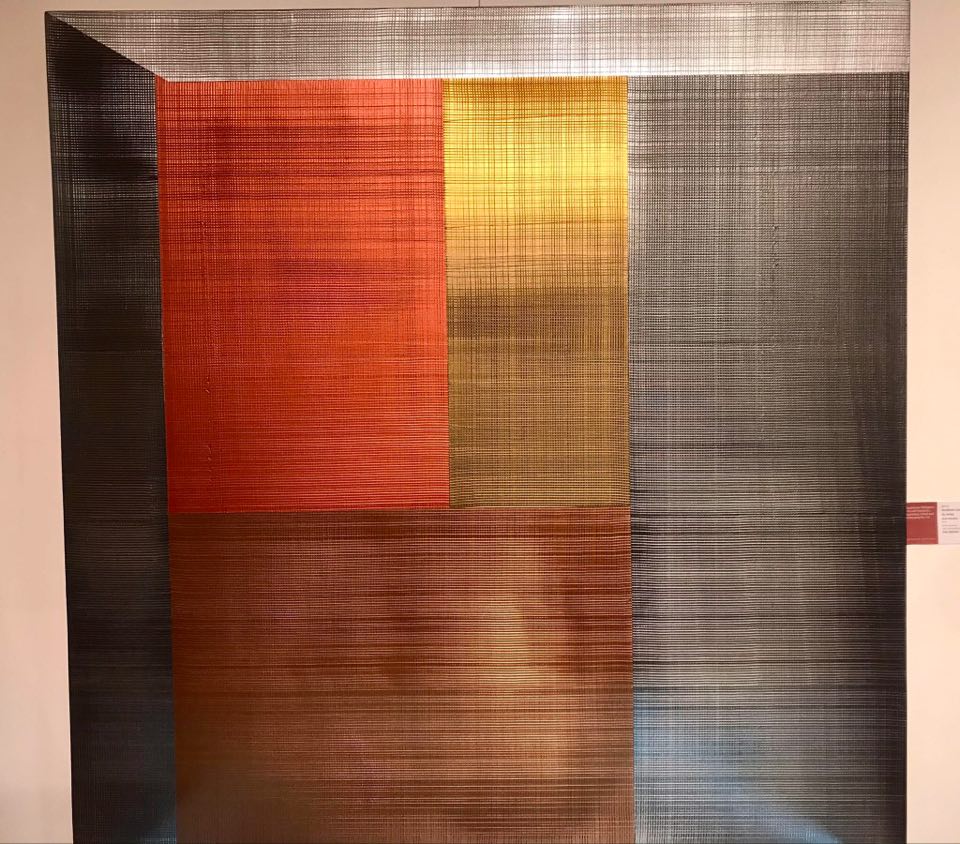
“The collection mirrors the diversity and richness of our culture and history,” Silvino declared. “And these are distilled in the featured artworks as well as the furniture and jewelry pieces.”
In other words, there’s something for almost every serious art collector, from modern abstracts by the likes of Lao Lianben, a personal favorite of Silvino, Norberto Carating and National Artist H.R. Ocampo, to mixed media artworks by surrealist Ronald Ventura.
The auction will also feature a number of bronze and brass sculptures, respectively, of Napoleon Abueva and Eduardo Castillo.
Organizers behind the auction also employed the same degree of discernment and exacting standards in selecting mostly 19th century furniture, jewelry and various timepieces, including antique religious images, to be auctioned off.
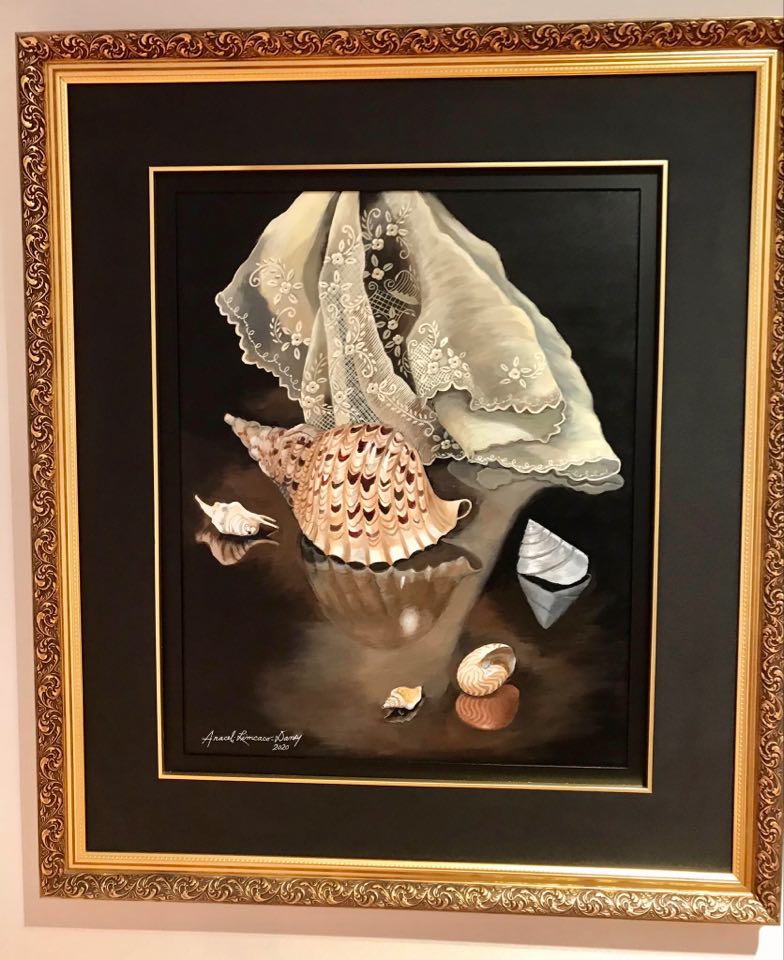
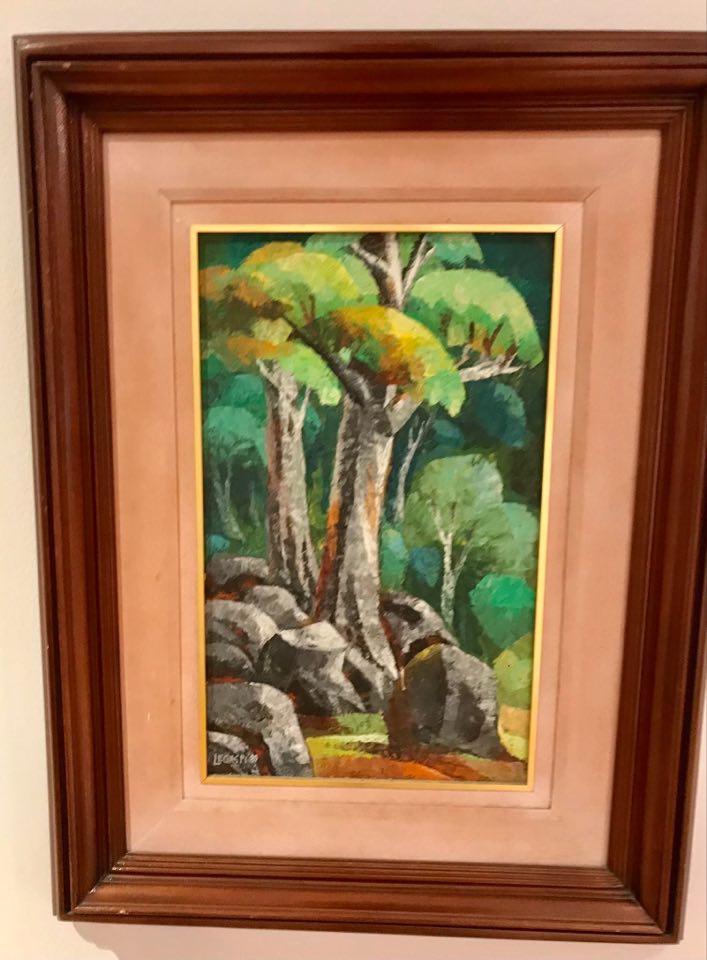
Among the event’s prized furniture pieces include second and last quarter 19th century kamagong and narra cabinets, tables and chairs. Some come with metal and mother of pearl inlay, while the narra mariposa chair has woven soliya for its seat and backrest.
“Serious furniture collectors would be delighted to own these pieces,” said Silvino. “Because the country has now lost a steady supply of hardwood, the art of traditional Philippine furniture making eventually died. Most of yesterday’s craftsmen were unable to pass on the knowledge and skills to future generations. Thus, these furniture pieces have become rarer with the passage of time.”
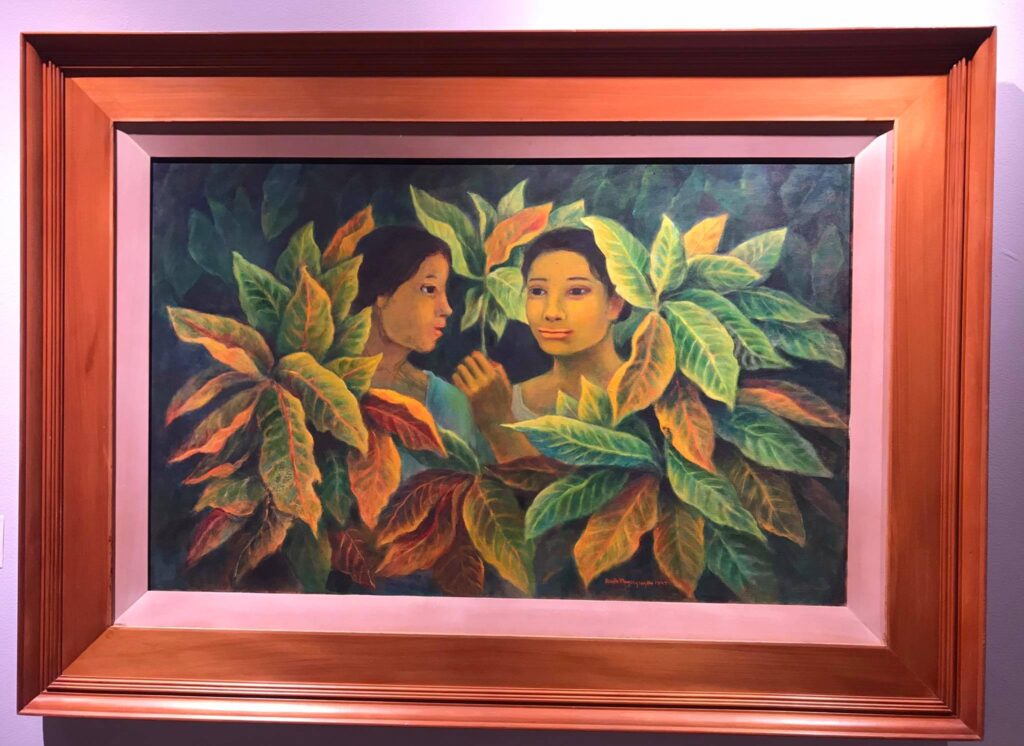
Even before Salcedo Auctions marked its 10th year last year, people behind it, including chairman and chief specialist Ramon Lerma, a former PeopleAsia Men Who Matter awardee, have been busy working on its online bidding infrastructure. Without knowing how vital and indispensable it would become as a conduit to the outside world, they were able to launch their digital platform last year, a month or so after the start of the March lockdown.
“Despite the pandemic, our digital platform enabled our clients to tap into what we had to offer last year,” said Silvino. “Our forthcoming auction on March 13 will be our first for the year, but we have already done 10 online auctions as well as seven private view shows.”
